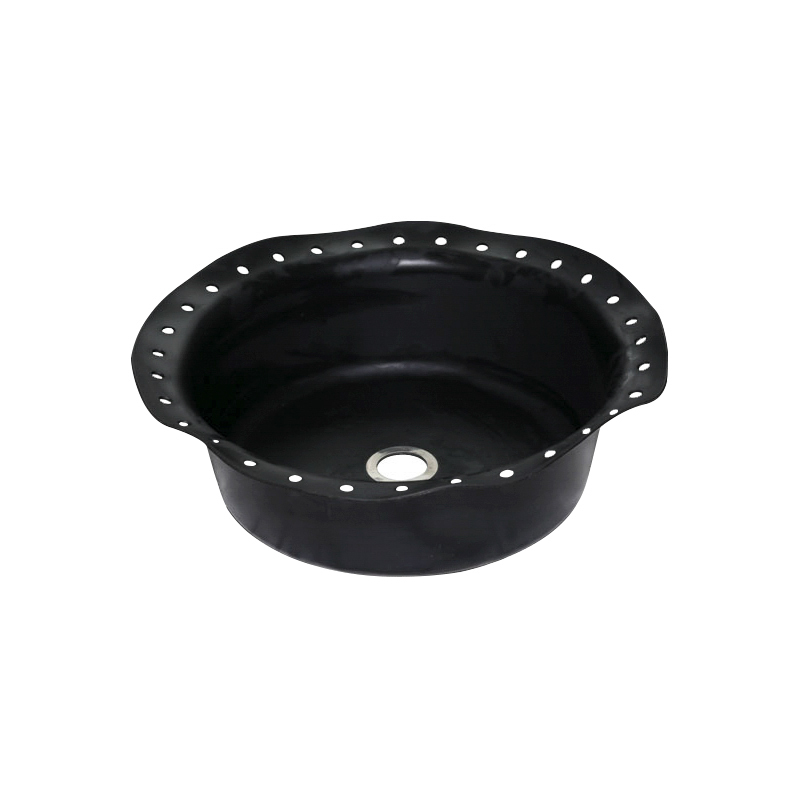
Hangzhou Biaozheng Rubber Plastic Fittings Factory
Professional rubber diaphragm research design and manufacturing

Hangzhou Biaozheng Rubber Plastic Fittings Factory
Professional rubber diaphragm research design and manufacturing
Before I introduced you to all aspects of the rubber in […]
Before I introduced you to all aspects of the rubber industry, from O-rings, paper feed wheels, to some popular science of related technologies, today I introduce another product: Fabric reinforced diaphragm, although we do not often see it, but many products have There are its figures, such as coffee machines, steam cleaners, etc. Next, the editor will introduce all aspects of its knowledge to you.
The functions of the diaphragm are: suction, isolation, adjustment of pressure/flow, drive, adjustment, shock absorption/buffer, measurement (instrument), etc.
It has applications in pump valves, pneumatic components, pneumatic hydraulics, gas equipment, electrical equipment, automobile industry and other fields.
Common ones are pressure reducing/regulating/relieving valve diaphragms, control valve diaphragms, vacuum pump diaphragms, carburetor diaphragms, metering pump diaphragms.. water pumps, air pumps, solenoid valves, coffee machines, sprayers, steam Silicone rubber diaphragms are used in cleaning machines, etc.
Common shapes are round, square, and irregular.
Silicone rubber diaphragms can be divided into three categories: pure rubber type, cloth type (intermediate or unilateral cloth), and rubber hardware metal parts and cloth mixed type,
The function of the cloth is to strengthen the performance of the diaphragm. For example, in high-pressure operations, the diaphragm is often required to have strong tear resistance, while in low-pressure operations, the diaphragm with cloth is often not required.

Common cloth materials are: nylon, cotton canvas, stretch cloth, polyester cloth, etc.
The most basic thing to ensure the quality of the silicone rubber diaphragm is the material. According to different use environments, there are often different requirements for the material.
According to the different media contacted at work, the required materials are also different. Commonly used are EPDM, silica gel, fluororubber, nitrile rubber, etc., which should be customized according to the use environment to achieve flexibility, Resistance to penetration, high pressure, corrosion resistance, tear resistance, good stability, long life, oil resistance, acid and alkali resistance, high and low temperature resistance, ozone resistance and other performance requirements.
Finally, let’s talk about design. When designing a product, we should consider the working environment, the pressure during operation, the working frequency, and the role played. When designing the mold, we should pay special attention to sharp edges and burrs, because these will cause the diaphragm to overheat. Early damage, so the surface of the mold must be smooth and not rough.
We are Custom Rubber Diaphragm Valves Manufacturers and Pneumatic Actuator Valve Diaphragm Suppliers in China. All sub-suppliers are inspected and reviewed, and all product procurements are conducted only in qualified sub-suppliers. The raw materials, purchased parts, and outsourced parts provided by the sub-suppliers must undergo a rigorous review when entering the factory.

Copyright © Hangzhou Biaozheng Rubber Plastic Fittings Factory All Rights Reserved. Technical Support:Smart cloud >